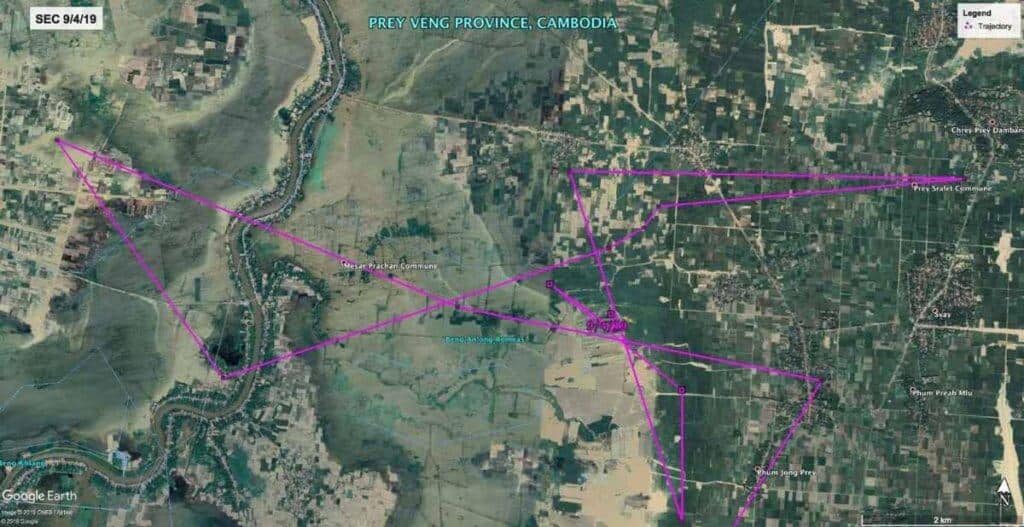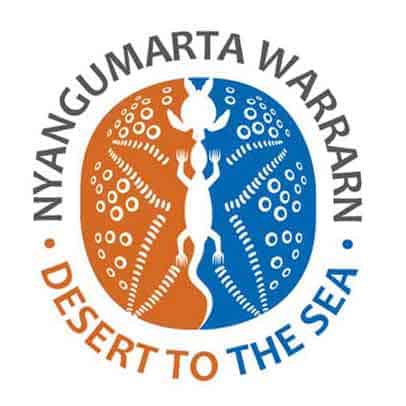Marvellous migrations
A contribution by Clive Minton
It is absolutely marvelous the way these satellite-tagged Oriental Pratincoles continue to come up with surprises.
Having stuck my neck out and suggested that they may have already reached their breeding areas, two birds have made major onward migrations during the past week. One has gone to Taiwan – the site of our only previous overseas record of an Australian marked Oriental Pratincole – while the other has gone to India. If this bird remains to breed it will be the first example of an Australian wader breeding in India.
What are the other two Oriental Pratincole now going to do – stay put and breed, or migrate? Watch this space!!

Namaste, Susaday & Ni Hao
Greetings from across the Flyway
Another interesting and exciting week with SUN now in Taiwan, SEP on the east coast of India, and SHE and SEC continuing their stay in Cambodia. With two of the four birds using Mainland Southeast Asia as a staging area (SUN 7 days and SEP 11 days approx.), it will be interesting to see future movements of SHE and SEC; which way will they go?
For this special update we have ‘on the ground information’ from friend and colleague, Chung-Yu Chiang; Senior Bander of the Taiwan Wader Study Group, regarding the location of SUN.


Oriental Pratincoles on the move
Why the long road?
Leg Flag SUN (PTT 83591)
On April 5th, SUN’s location was in the Baray District of Cambodia. After approximately 7 days on mainland Southeast Asia, SUN headed west and travelled approximately 2,030km east to Taiwan around April 6th, although we are unable to determine the route taken (Figure 2a.). It was located in rice fields around Ba-Chang River in Tainan City on April 9th and Chiayi County on April 10th (Figure 2b.).

What makes this flight fascinating is that had SUN taken a more direct route to this area from 80 Mile Beach, Western Australia, it may well have saved itself around 1,000 kilometres of air travel.

On the morning of April 10th, a survey was completed in the approximate area of SUN’s location in Tainan City by Chung-Yu (Figure 3a.). The area consists of sugar cane, rice and corn fields (Figures 3b. and 3c.). Although SUN was not one of them, sixteen Oriental Pratincoles were counted in this area and observed hawking for insects as they flew over sugar cane fields.



Keep calm and wait until next week
Leg Flag SEP (PTT 83593)
According to the more reliable location data, there has been no change to SEP’s movements (Figure 4.). However, less accurate data suggests that SEP may be moving west along India’s Eastern Coastal Plains. We hope to have more up-to-date information next week.

The waiting is the hardest part
Leg Flag SHE (PTT 83595)
Seven weeks on and it is still difficult to determine whether SHE’s movements are an indication of potential breeding and nesting, or normal foraging and roosting behaviour. So, the question remains: will SHE find the Tonle Sap Biosphere Reserve suitable for breeding, or is SHE exploiting the resources in this area to ensure peak body condition for breeding in another part of the Flyway?

Patience is a virtue
SEC (PTT 83596)
Accurate data, once again has been scarce this week, but less accurate data suggests SEC continues to inhabit Prey Veng Province, Cambodia, now for 24 days (Figure 6.). With breeding season for these birds occurring from around April to June, we expect some progress/movements in the near future.

Download a PDF copy of this report – Oriental Pratincole Satellite Tracking Report Number 7
Acknowledgements
Clive Minton
The extensive and expensive satellite tracking program we have set up in NWA has only been possible through the efforts and generosity of a large number of people and organizations. It is difficult to know where to start with the formal acknowledgements so I will list them – but not in any particular order of priority.
- The members of the AWSG NWA 2019 Wader and Tern Expedition and similar NWA expeditions in previous years, are particularly thanked for their efforts in the field in catching, banding and deploying transmitters on a range of species.
- Landowners are especially thanked for permission to go onto their property to enable us to catch various species in order to deploy the satellite transmitters. In particular we thank Anna Plains Station for giving us the freedom to roam over large areas of grazed grassland when counting and catching target species.
- AWSG acknowledges the Yawuru People via the offices of Nyamba Buru Yawuru Limited for permission to catch birds on the shores of Roebuck Bay, traditional lands of the Yawuru people.
- AWSG acknowledges the Karajarri and Nyangumarta people for permission to catch birds to be marked for this project on the shores of 80 Mile Beach, traditional lands of the Karajarri and Nyangumarta.
- The cost of the satellite transmitters, which cost around $5000 each, and the satellite downloading costs (around $1000-1500 per month) have been met by a variety of sources. Private individuals (Charles Allen and Doris Graham) have made most generous individual contributions. Kate Gorringe-Smith and her team of artists involved in The Overwintering Project made a large, generous donation from funds raised during their various public exhibitions. The annual NWA Expedition members, collectively, also provided significant funds each year.








